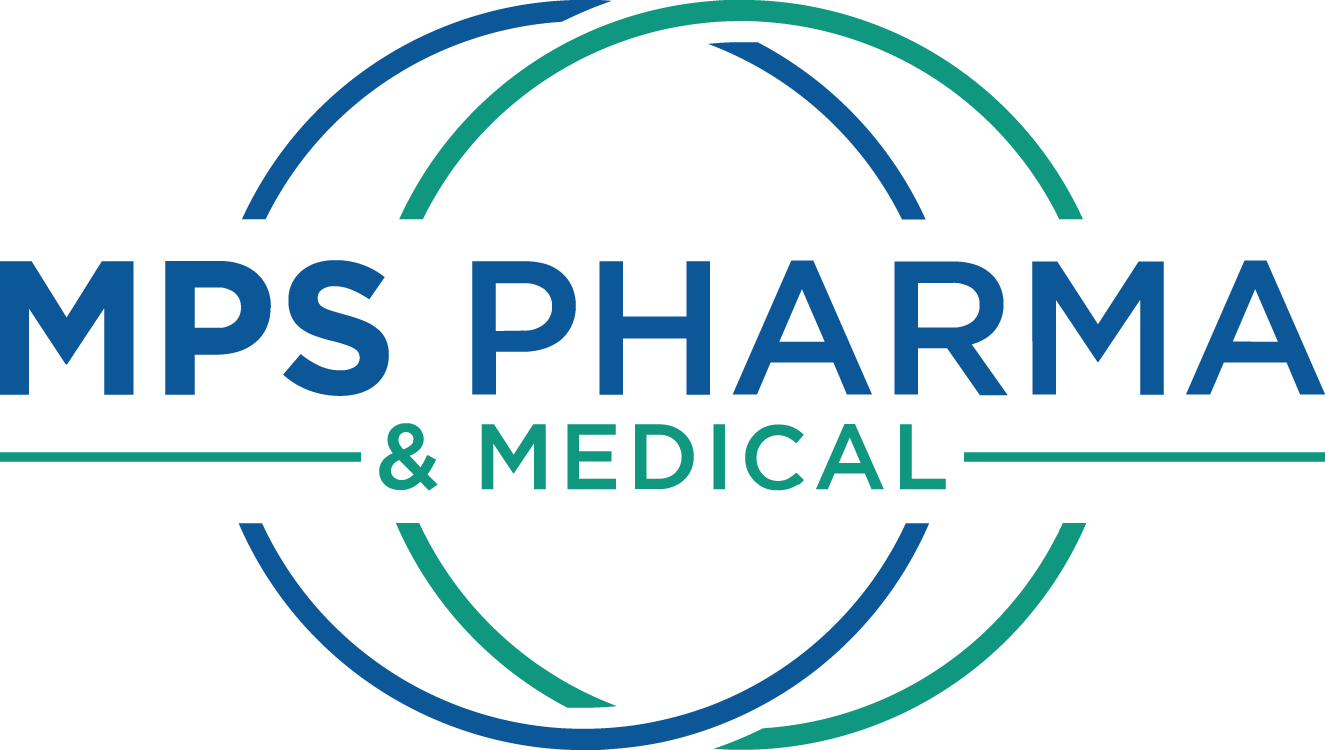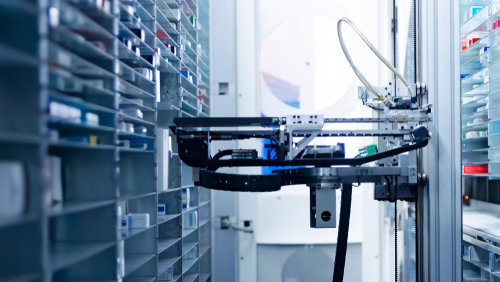Robotics in Sterile Compounding: Impact on the Healthcare Industry
Technology has advanced over the years across industries, and the healthcare industry is no exception.
Certain medications, such as eye drops or chemotherapy medication, sometimes require special compounding. Individual ingredients are carefully combined to create a patient specific medication.
The ability to compound can be lifesaving, but mistakes in the sterile compounding process are serious complications that can harm patients. One study, conducted at five geographically distinct U.S. hospital pharmacies, identified a 9% error rate for sterile compounding of IV mixtures.1
New robotics compounding technologies can help minimize these risks. Automated Robotic Compounding Technology (ARCT) can not only significantly improve patient safety, but also prevent staff exposure to hazardous substances, and improve turnaround time and workflow efficiency.
Robotic Compounding and Patient Safety
Several features in these robotics systems help improve patient safety:
- Complicated steps become automated, such as measuring exact doses and strengths of ingredients.
- There is no manual handling, meaning no direct human contact which can be a possible contamination risk.
- Bar codes and image recognition systems ensure the correct medication is being compounded.
- A series of weighing and measuring steps ensure the correct amount of drug is dispensed.
- The process can be electronically documented to make auditing and oversite easier.
Benefits of Sterile Robotic Compounding for Healthcare Workers
Some robotics systems can compound hazardous drugs, thereby reducing staff exposure and improving employee safety.
Without automated IV medication preparation systems, staff members are more at risk to exposure from harmful chemotherapy medications. Exposure to these drugs can cause reproductive and/or developmental effects like side effects seen in patients.4
Cost Savings from Automated Sterile Compounding Systems
Robotics systems for compounding IV medications have several cost benefits for healthcare organizations. This is a so-called “walk-away technology” in which the pharmacist can set up a queue of tasks and then move away to attend to other matters.
Robotic systems can compound sized dosage forms ranging from 0.5 to 60 mL for syringes and 25 mL to 1000 mL for bags. If the syringe size is small (<12ml) and a single size is used, very quick fill rates can be achieved: around 600 doses per hour.2 This level of automation allows the healthcare organization to have an effective workflow and prepare for increased patient demand.
A robot that can compound drugs can significantly reduce turnaround time. One study that analyzed nearly 1,500 sterile compounding preparations found that an automated medication preparation system brought down the turnaround time from approximately 64 minutes to 53 minutes.3
In addition, the institution recorded savings in supply costs. The overall projected annual saving from the robotics compounding system at this organization was in excess of $125,000 per year with breakeven estimated to occur in about eight and a half years.
Looking for more articles like this one? Read Four Benefits Compounding Pharmacies Provide
References:
- ajhp.org/content/54/8/904.full.pdf
- https://www.ashp.org/-/media/assets/pharmacy-informaticist/docs/sopit-current-state-of-iv-workflow-systems-and-iv-robotics.pdf
- https://www.ncbi.nlm.nih.gov/pubmed/29802179
- https://onlinelibrary.wiley.com/doi/10.3322/canjclin.56.6.354
- https://cruxnow.com/vatican/2019/08/26/vatican-pharmacy-employs-robot-to-improve-service-manage-stock/

 0
0
